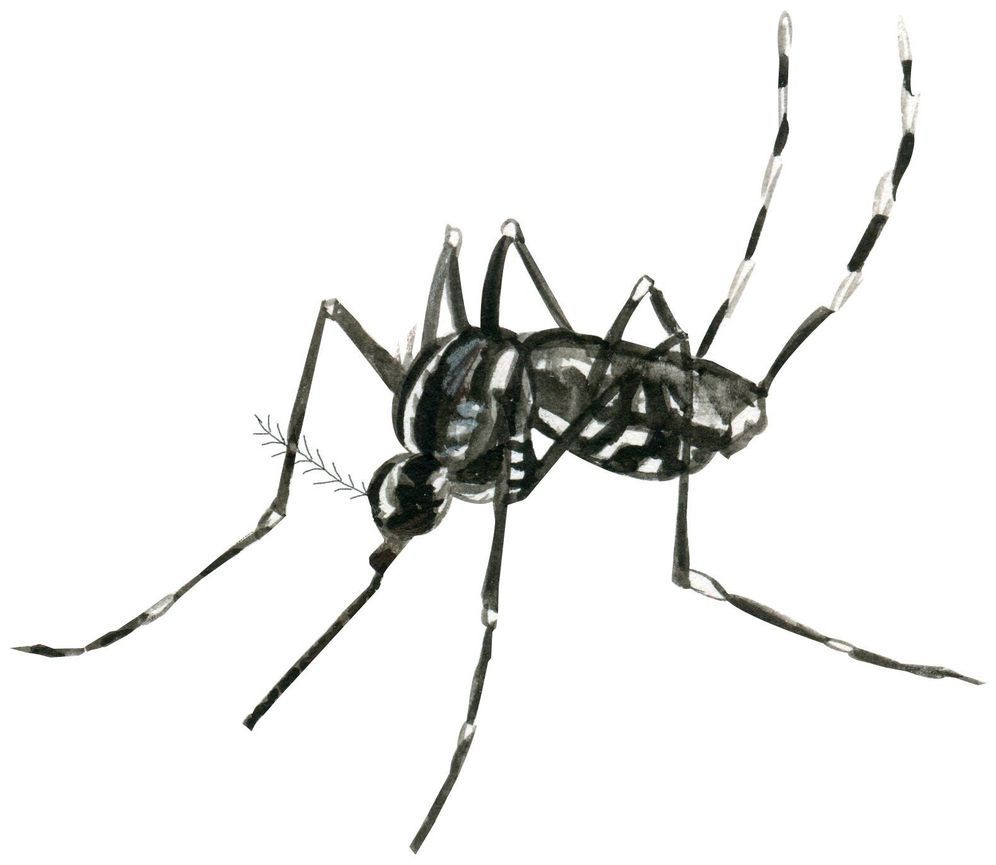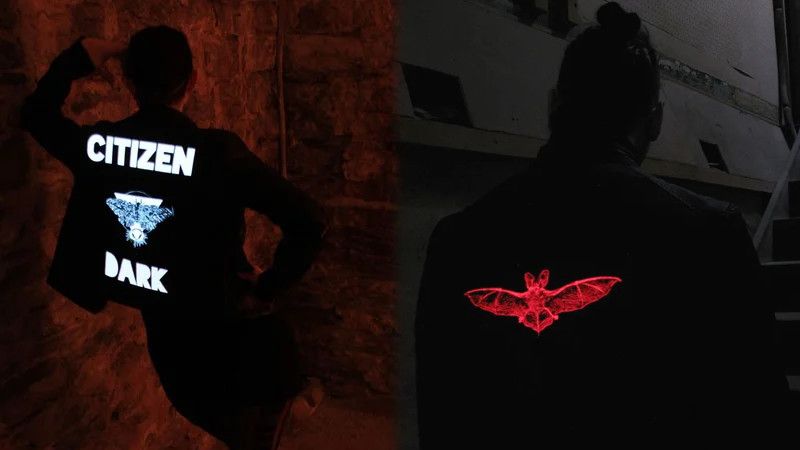May 9, 2019
New Flyer to launch autonomous bus technology program
Posted by Quinn Sena in categories: robotics/AI, sustainability, transportation
- Bus manufacturer New Flyer has launched an autonomous technology program to develop and deploy self-driving and driver-assist technology for public transit agencies.
- In a release, New Flyer said it will focus on building connectivity and vehicle-to-infrastructure (V2I) technology into public roadways. The company also said it will coordinate its efforts with federal agencies and industry groups working on automation, including the Society of Automotive Engineers.
- “Transit agencies across North America have been asking for progressive technology, regulators have shown commitment and support to technology advancement, and passenger confidence has been increasing as they experience autonomous technology firsthand,” New Flyer president Chris Stoddart said in a statement.
Most major technology research has focused on smaller autonomous vehicles (AVs), with companies eyeing shared autonomous fleets or ride-hailing services. But applying self-driving technology to public transit could hold huge potential, making bus service more energy efficient and safer. Buses travel on defined routes and can be coordinated with connected infrastructure, making them a potentially appealing option for cities fearful of further congestion from autonomous fleets.
Governments have already been exploring driverless shuttles, which carry fewer people than a full-size bus and run on shorter routes. Cities like Detroit, Las Vegas and Austin, TX have all run autonomous shuttle trials. Autonomous buses have gathered more research abroad, with pilots in China and the Netherlands. Volvo recently ran trials for an 85-passenger autonomous, electric bus at Singapore’s Nanyang Technological University.



















